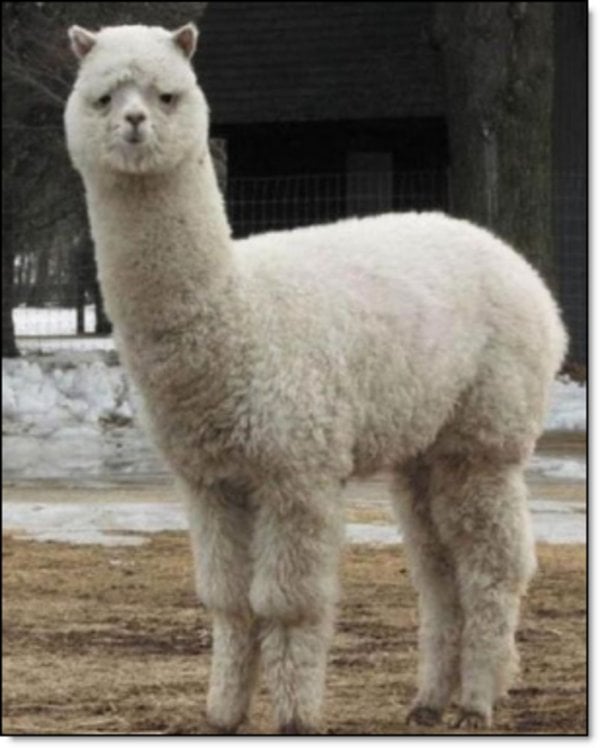MADISON, Wis. (AP) — U.S. wildlife officials announced a decision Tuesday to extend federal protections to monarch butterflies after years of warnings from environmentalists that populations are shrinking and the beloved pollinator may not survive climate change.
The U.S. Fish and Wildlife Service plans to add the butterfly to the threatened species list by the end of next year following an extensive public comment period.
“The iconic monarch butterfly is cherished across North America, captivating children and adults throughout its fascinating life cycle,” U.S. Fish and Wildlife Service Director Martha Williams said in a news release. “Despite its fragility, it is remarkably resilient, like many things in nature when we just give them a chance.”
The Endangered Species Act affords extensive protections to species the wildlife service lists as endangered or threatened. Under the act, it’s illegal to import, export, possess, transport or kill an endangered species. A threatened listing allows for exceptions to those protections.
In the monarch’s case, the proposed listing would generally prohibit anyone from killing or transporting the butterfly. People and farmers could continue to remove milkweed, a key food source for monarch caterpillars, from their gardens, backyards and fields but would be prohibited from making changes to the land that make it permanently unusable for the species. Incidental kills resulting from vehicle strikes would be allowed, people could continue to transport fewer than 250 monarchs and could continue to use them for educational purposes.
I remember how common they were when I was a kid in the 1980s. How depressing. It’s a harbinger, of course.
I thought they were already protected. I have clear memories of my grandparents telling me about how it was illegal to kill them and how rare they were over 30 years ago.
They are easy to protect now that they live in a 5 gallon glass jar and migrate from one side to the other depending on the AC situation. Probably just threatened then?
When I was a kid, I would see them all the time since I live on the edge of their migration path. It’s been ages since I’ve seen any. Sad really.
I have a monarch habitat in my yard here in So CA where I grow milkweed annually. I saw 4 today in my yard. They’re not gone, but their habitats are declining.
SoCal here too. A few years ago, the local nursery was giving out milkweed for people to plant in their gardens. We did that, then a couple of years later they apologized because they had given out the wrong type of milkweed, and it was actually worse than not having it at all. Pretty fucked up. Anyway, we used to see a ton of them come through, the last couple of years it seems like I see a couple dozen or so at best.
San Diego? That happened here too lol. They gave out Tropical Milkweed mixed with wild flowers lol.
SoCal most common native milkweeds below with links inside to nurseries carrying it, plant in January:
California Milkweed:
https://calscape.org/Asclepias-californica-(California-Milkweed)
Showy Milkweed:
https://calscape.org/Asclepias-speciosa-(Showy-Milkweed)
Mexican Narrow Leaf Milkweed
https://calscape.org/Asclepias-fascicularis-(Narrow-Leaf-Milkweed)
I’m in northern OC. Along the route. I found this nursery, https://californianativeplants.com/, out on the Ortega Highway out of San Juan Capistrano and they have fantastic California natives and knowledgeable staff. They aren’t on the list, but they had the correct varieties last time I hit them up. I don’t own stock or anything, I just really like it, even though it’s a bit of a drive for me. They’ve set me straight on several things I had been doing wrong.
You can’t pessimistic enough, we are going through a major extinction time period in the history of earth. Say bye to the majority of species we know, any mammal larger than a rat, most birds, most trees, most fish, anything that needs cold weather.
Uh ohh. We’re mammals larger than a rat
Other monkeys should have spent their time making air conditioning instead of living in harmony with nature—idiots. /s
the usa and sentences with “monarch” and “threatening”; name a more iconic duo.
The American people will feel the poisonous sting of the mighty monarch.
Trump will make sure they are removed from that list. I can think of three ways:
- Policies that hasten their extinction.
- Disallow agencies from changing any animal’s conservation status.
- Deport those filthy Mexican immigrants freeloading on all our American milkweed.

I’ve murdered thousands of these butterflies irl, AMA.
why?
During my undergrad, I assisted a Doctoral candidate who was researching Monarch flight mechanics. As a part of the experimentation, I had to occasionally cull colonies when they caught bacterial infections. It was heartbreaking and I hated it. I would never do it again.
Hello, FBI? This guy right here.
Can you elaborate a bit on this zinger?
Is the FBI more interested in the routine extinguishing of animal life for science and agriculture, or the self-realization that helped me as a person?
Clearly they are after the mass monarch murdering psychopath who (likely singlehandedly) made these butterflies go extinct.
/s
Hopefully such research can mostly be done via simulation these days.
That’s sadly still very far away. We’re slowly able to fully simulate very simple organisms, but butterflies are a lot more complex AFAIK.
How unfortunate.
I love that the town I live in seems to consistently mow around milkweed
I started doing the same
It feels like no species in the US is what I’d call safe.
Plenty of them are safe. Unfortunately, most of the safe ones are also invasive.





